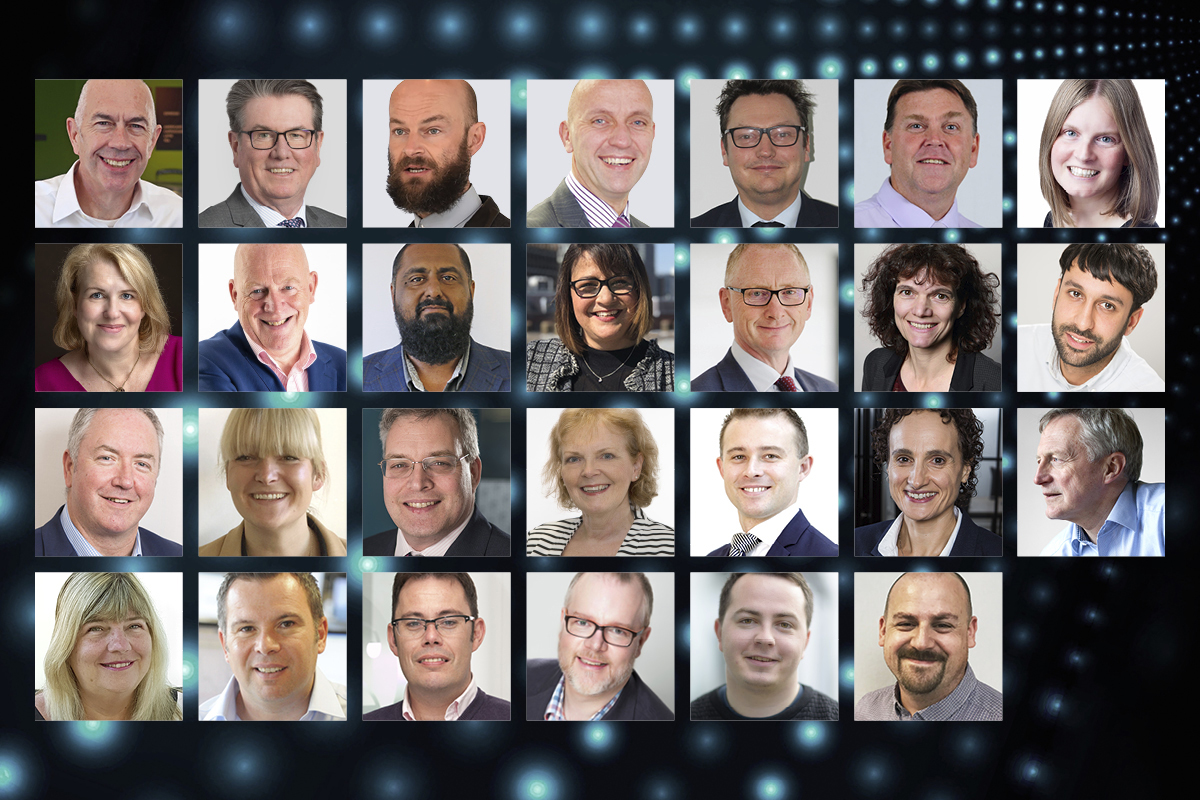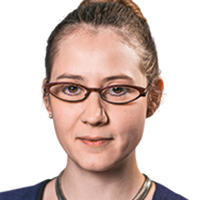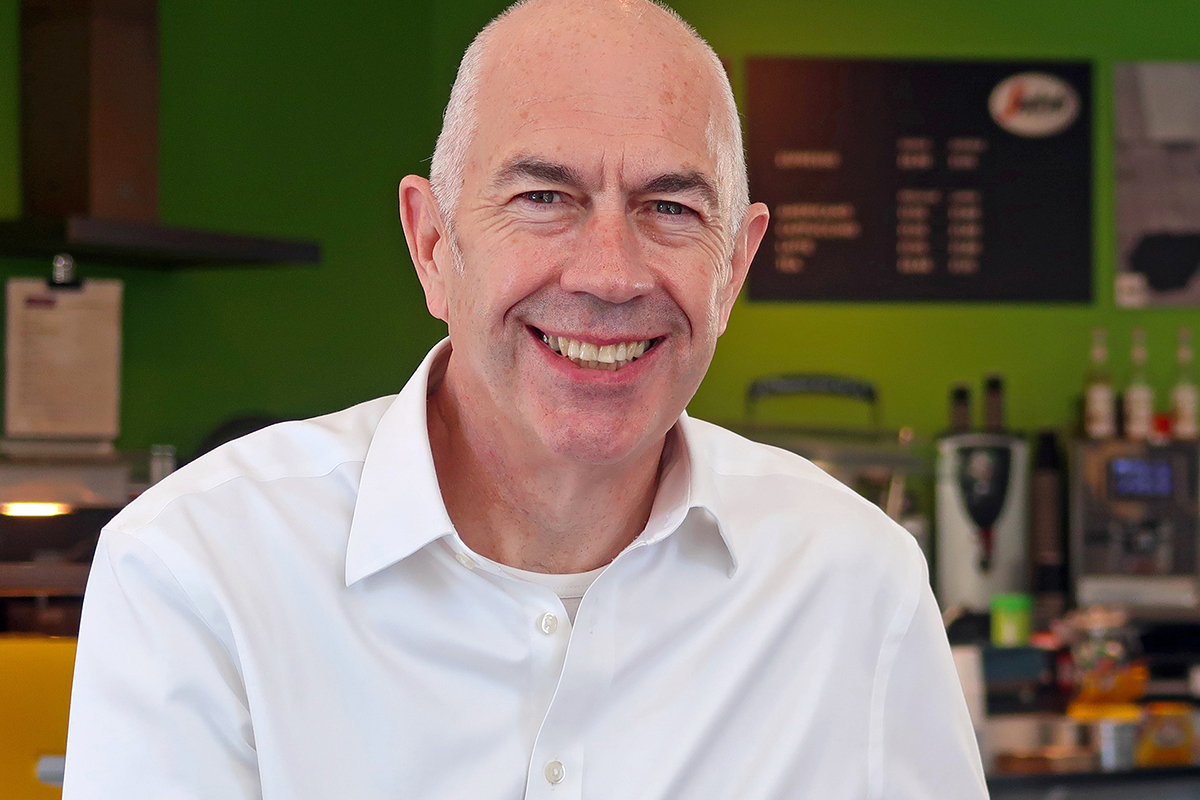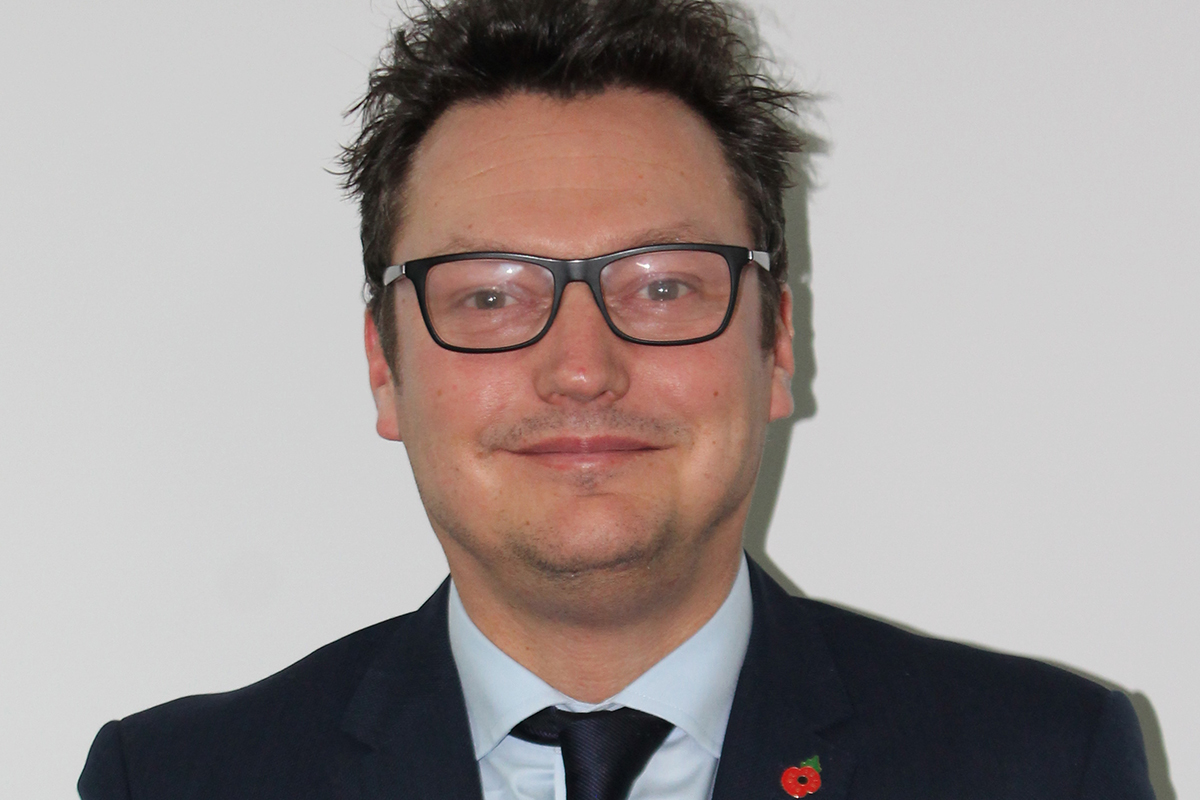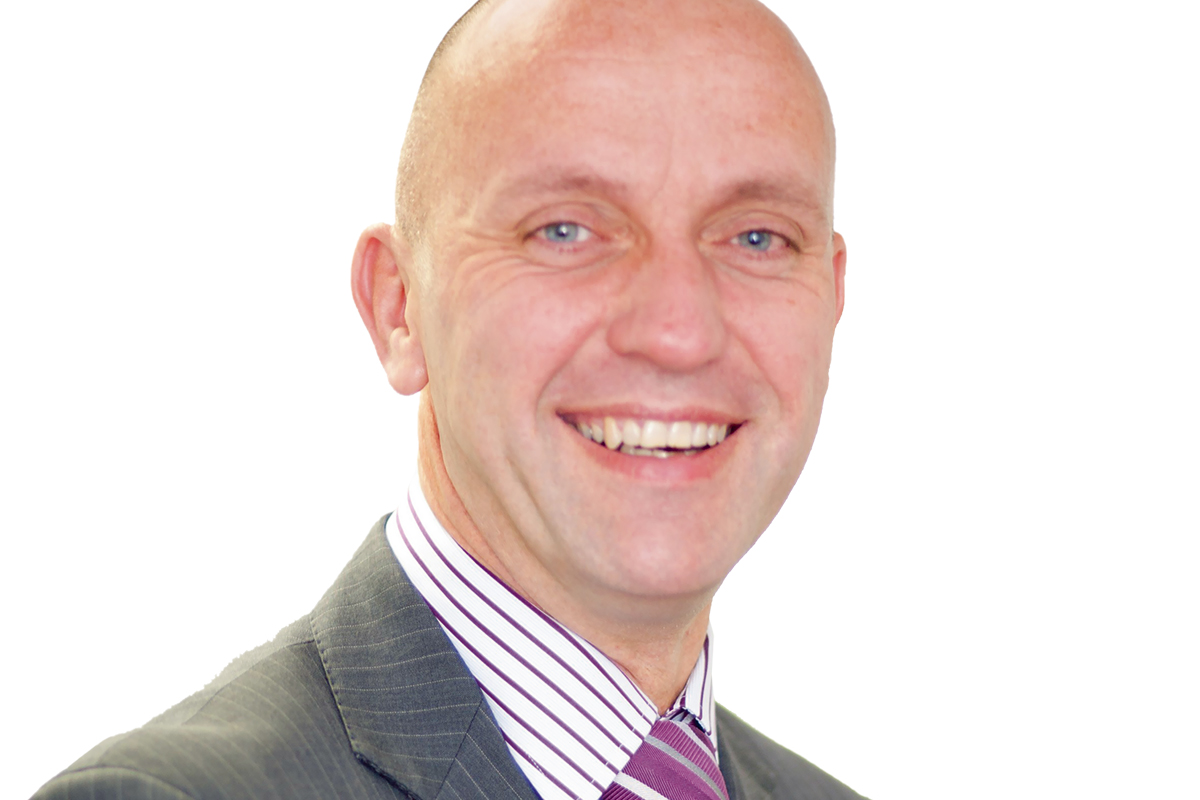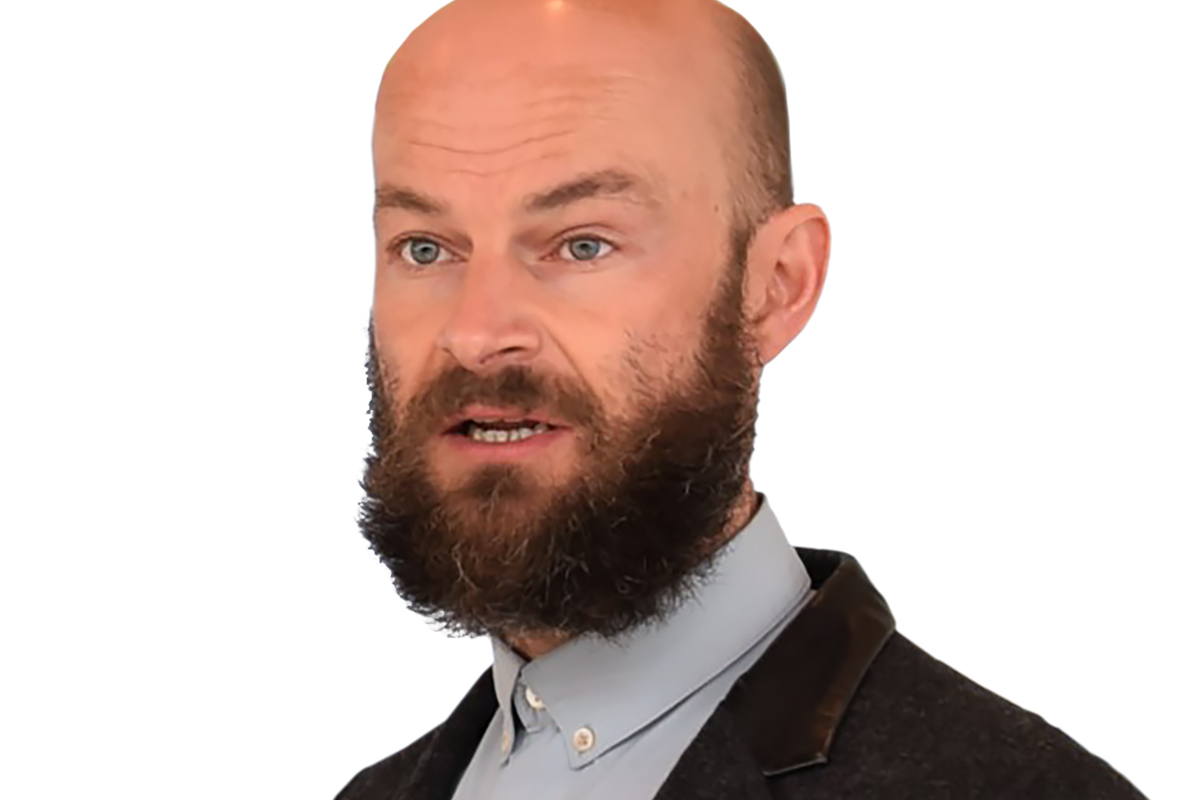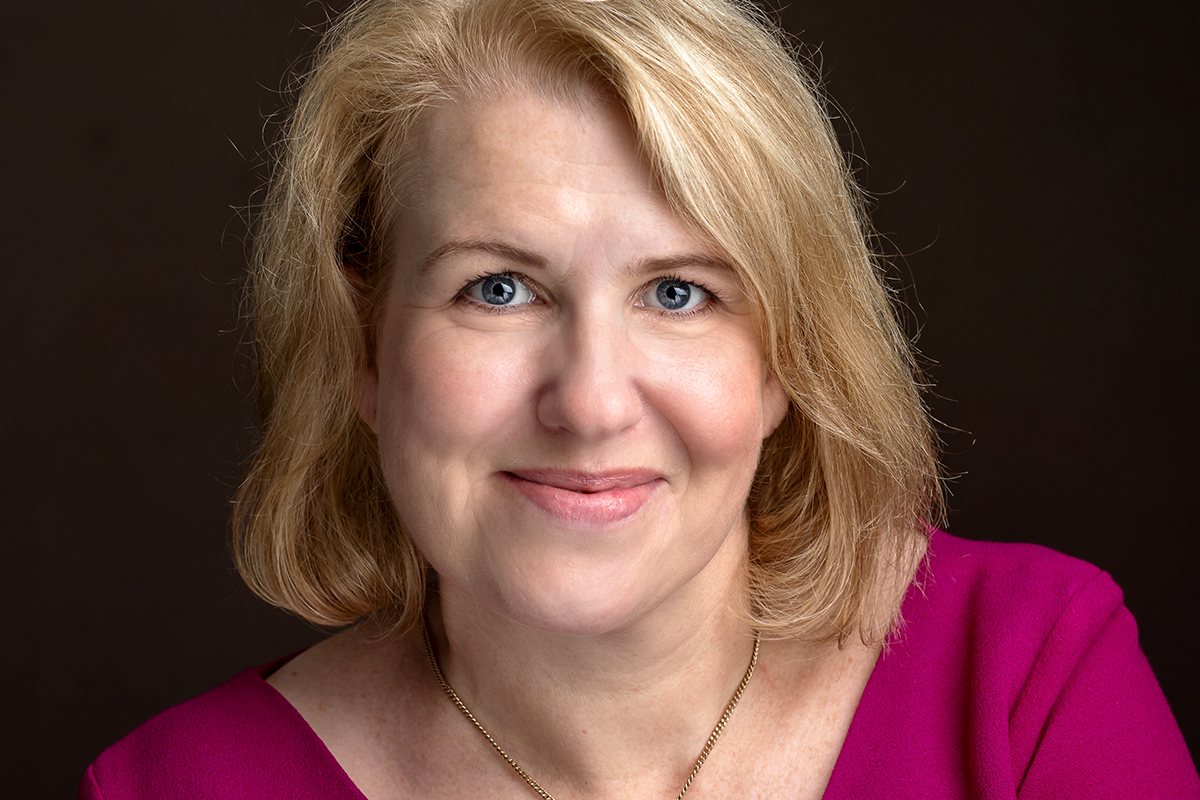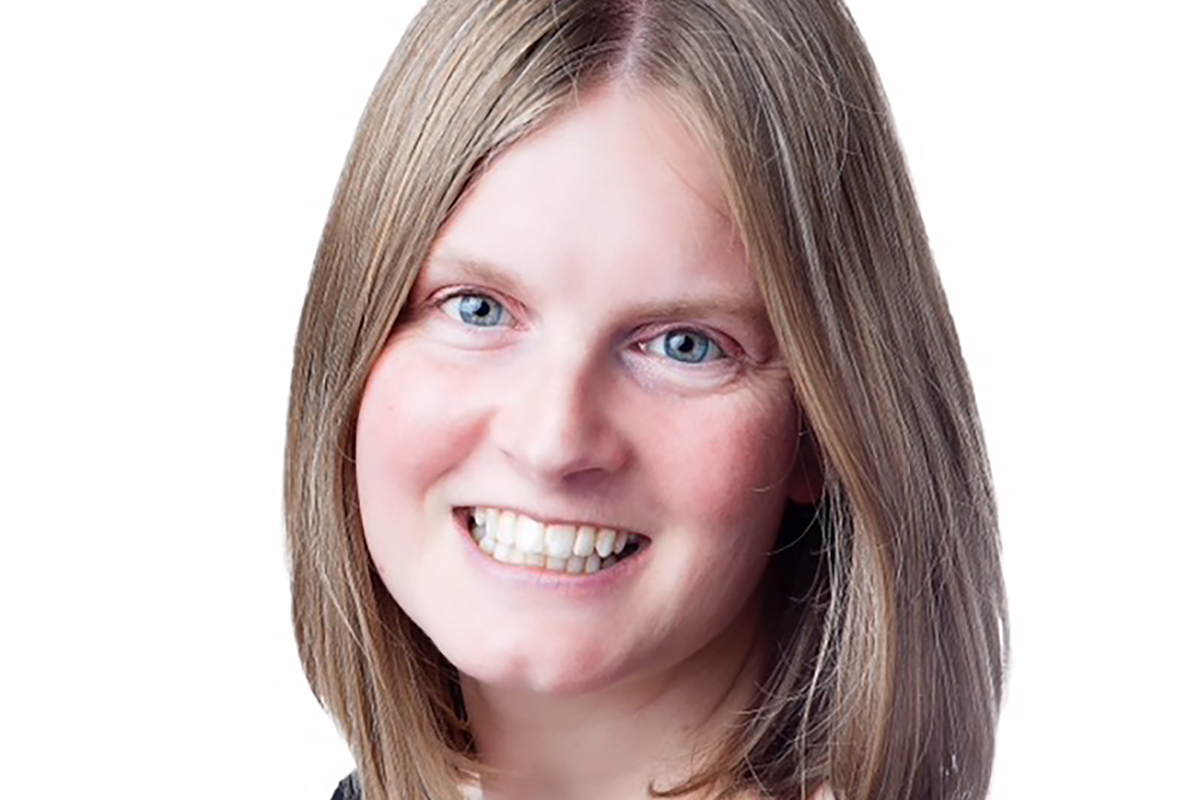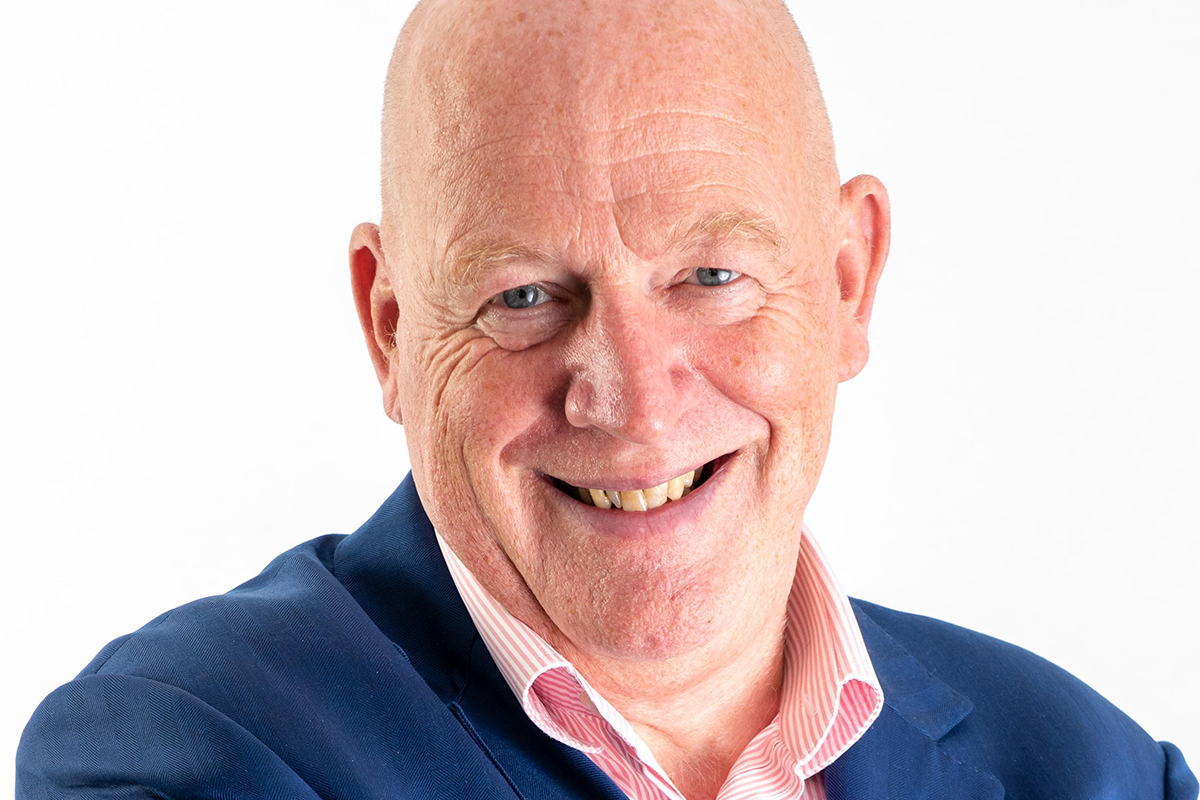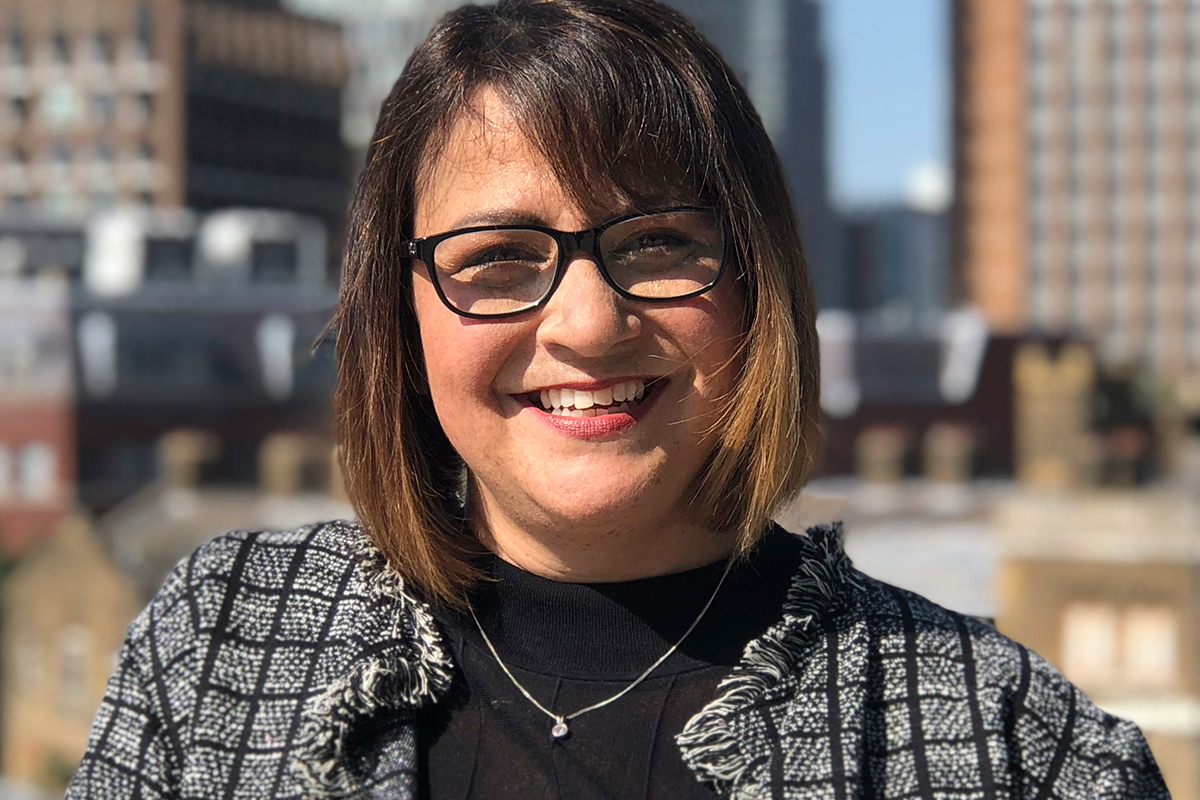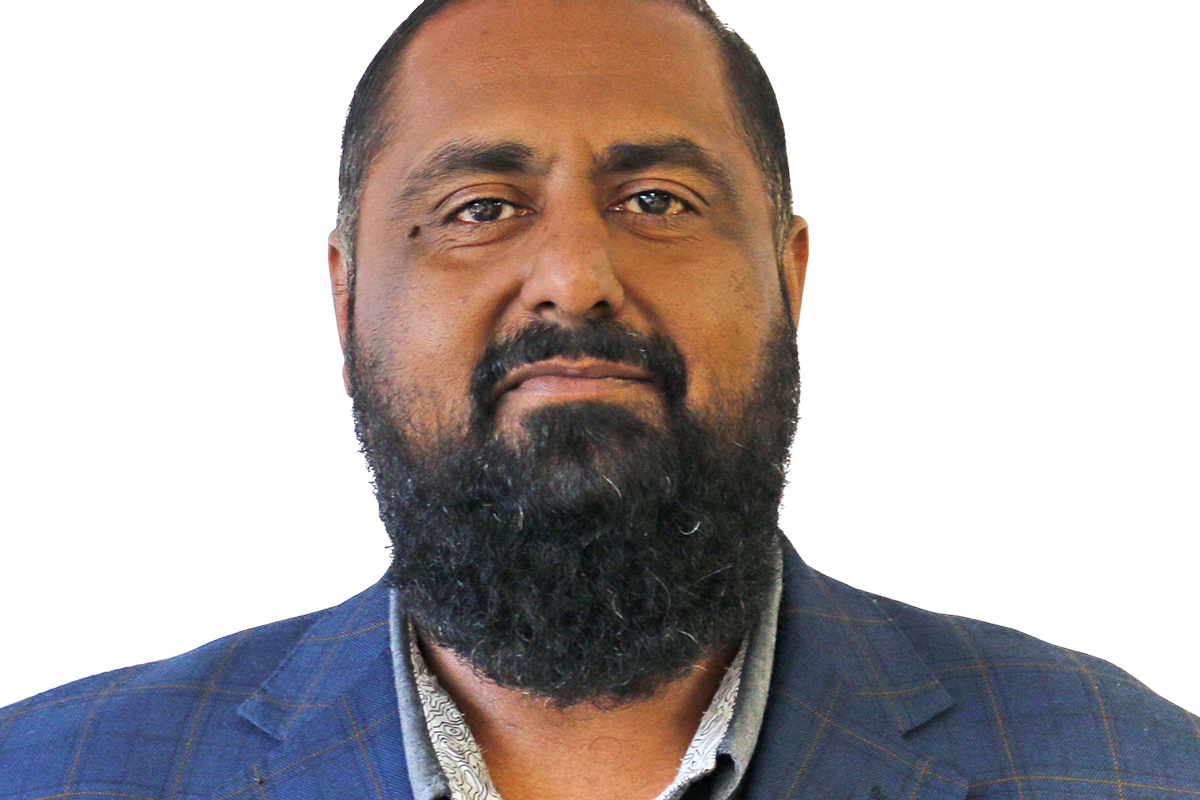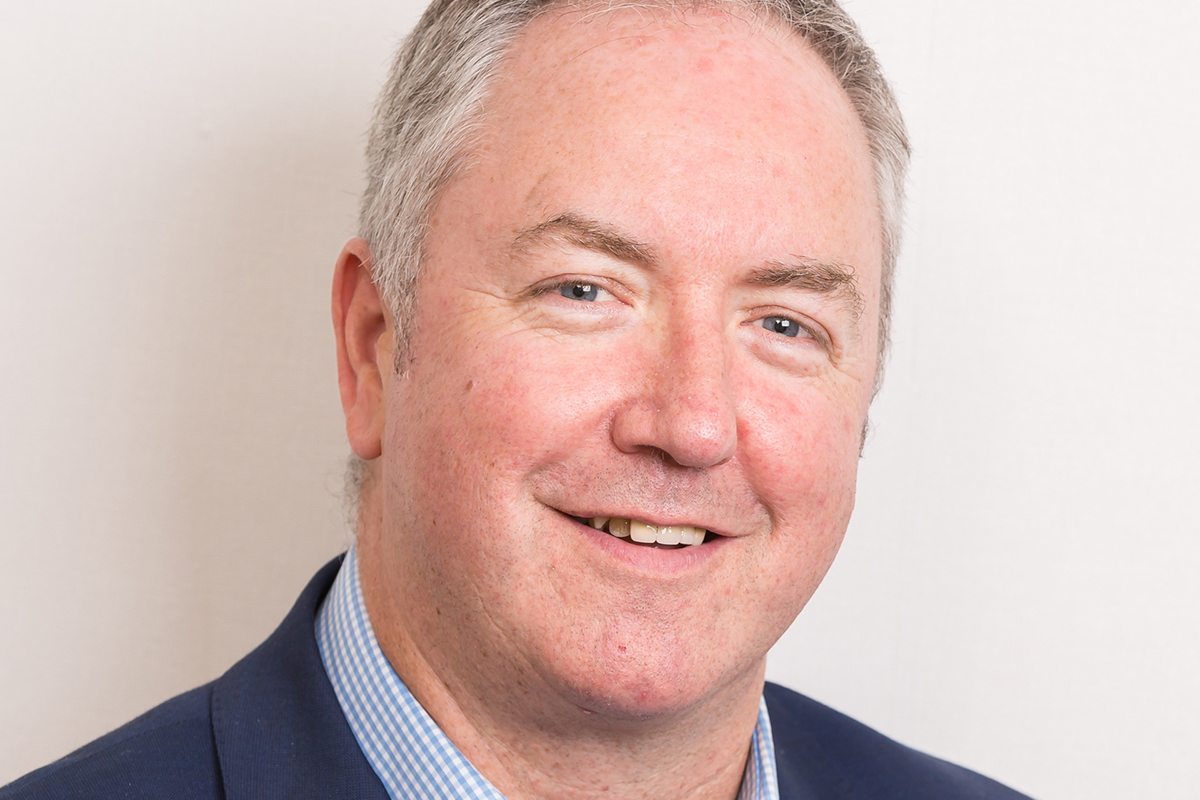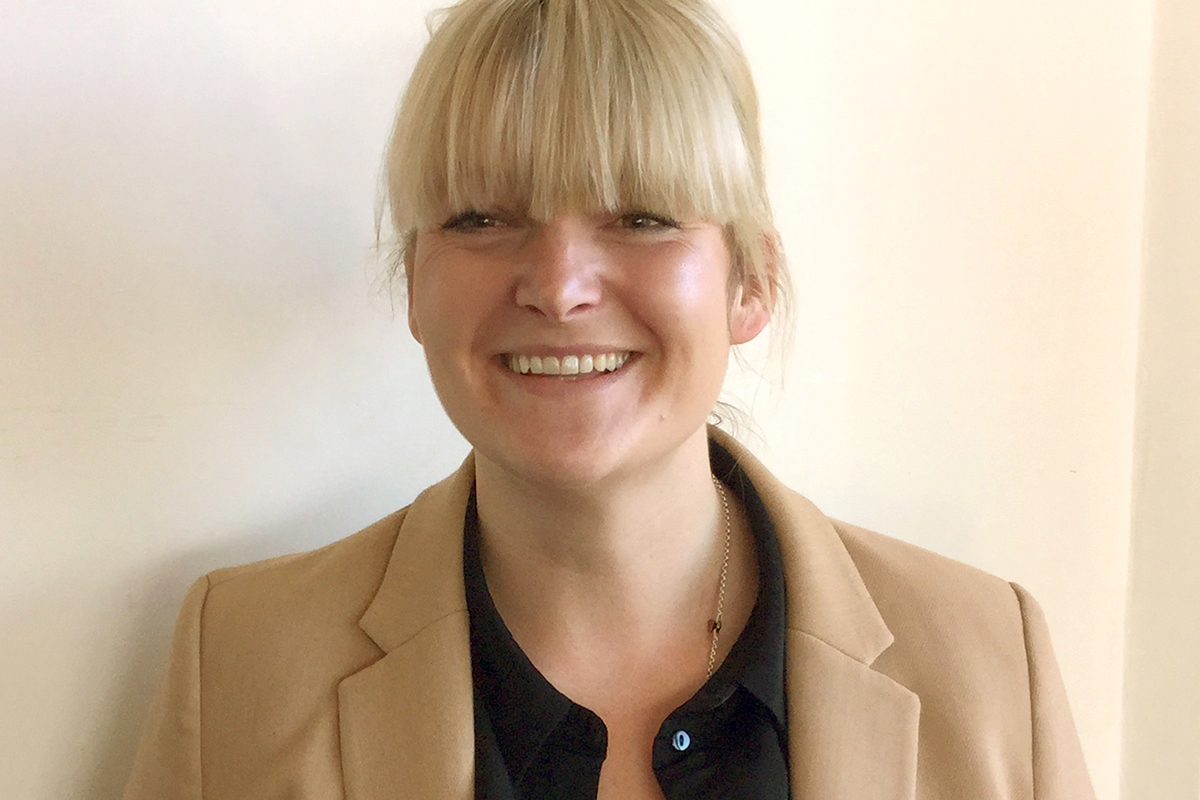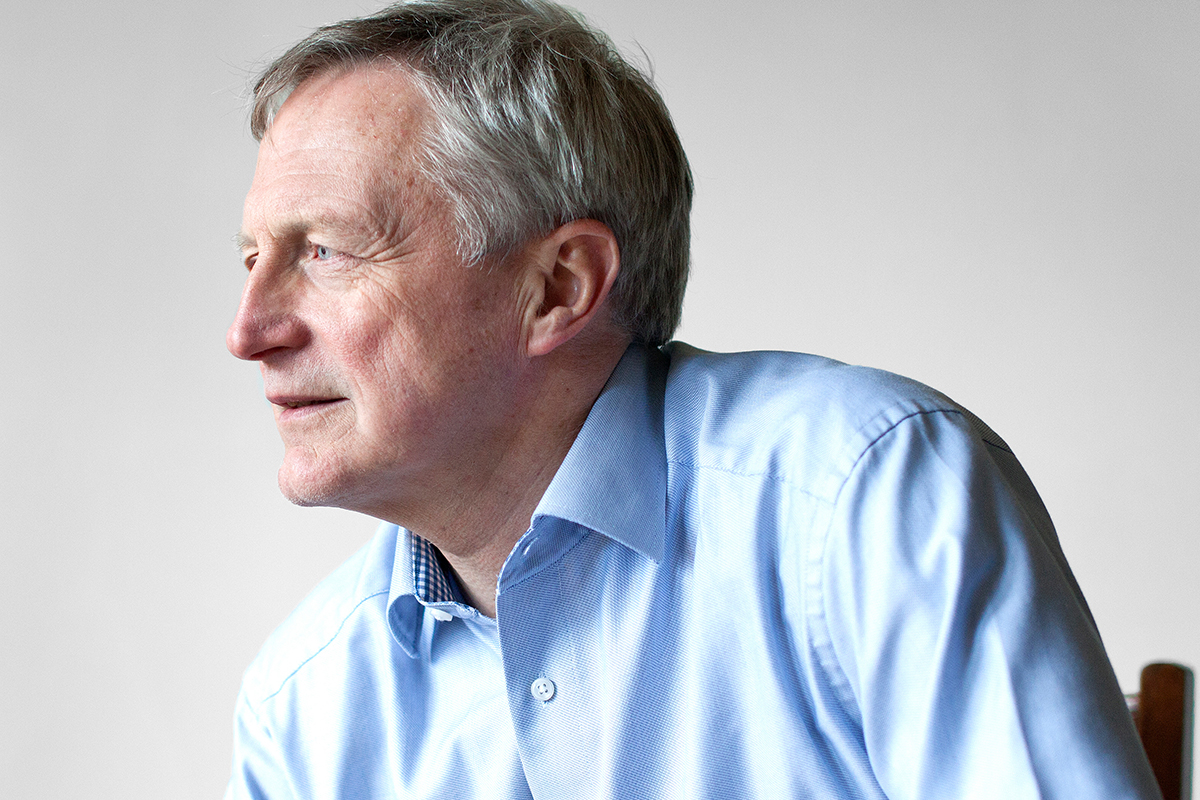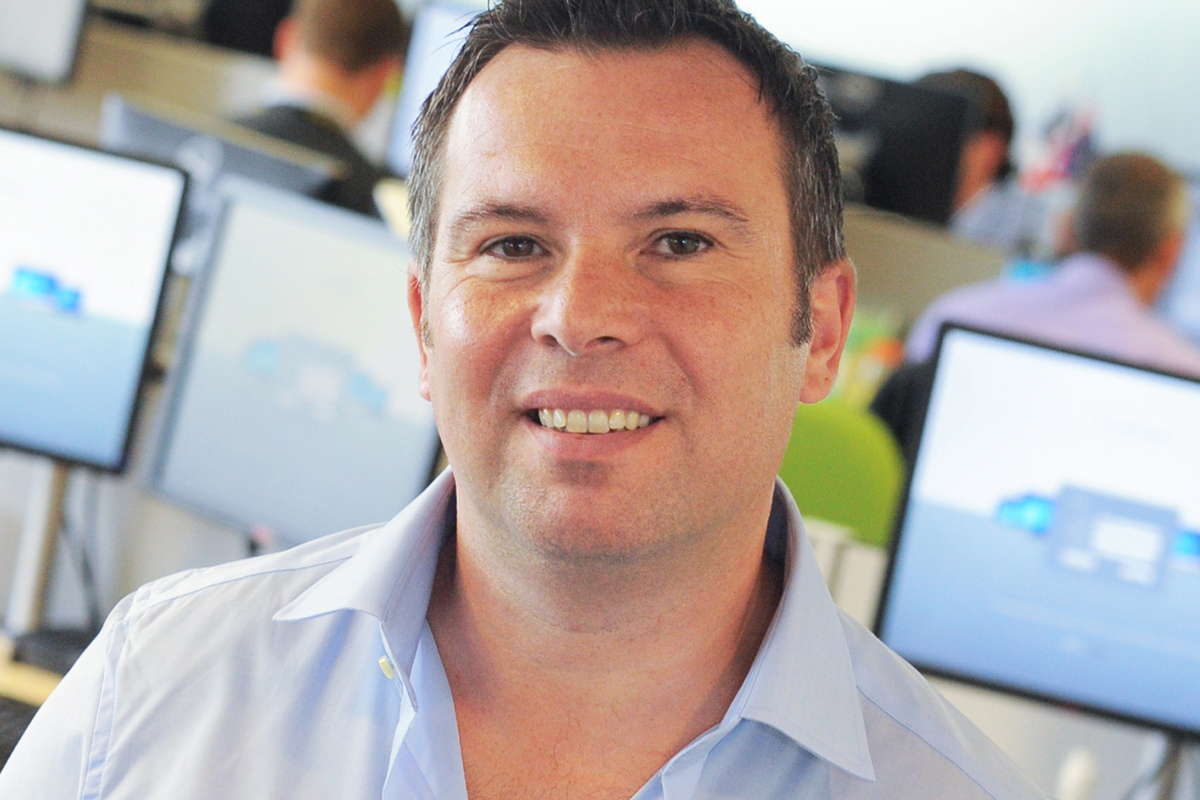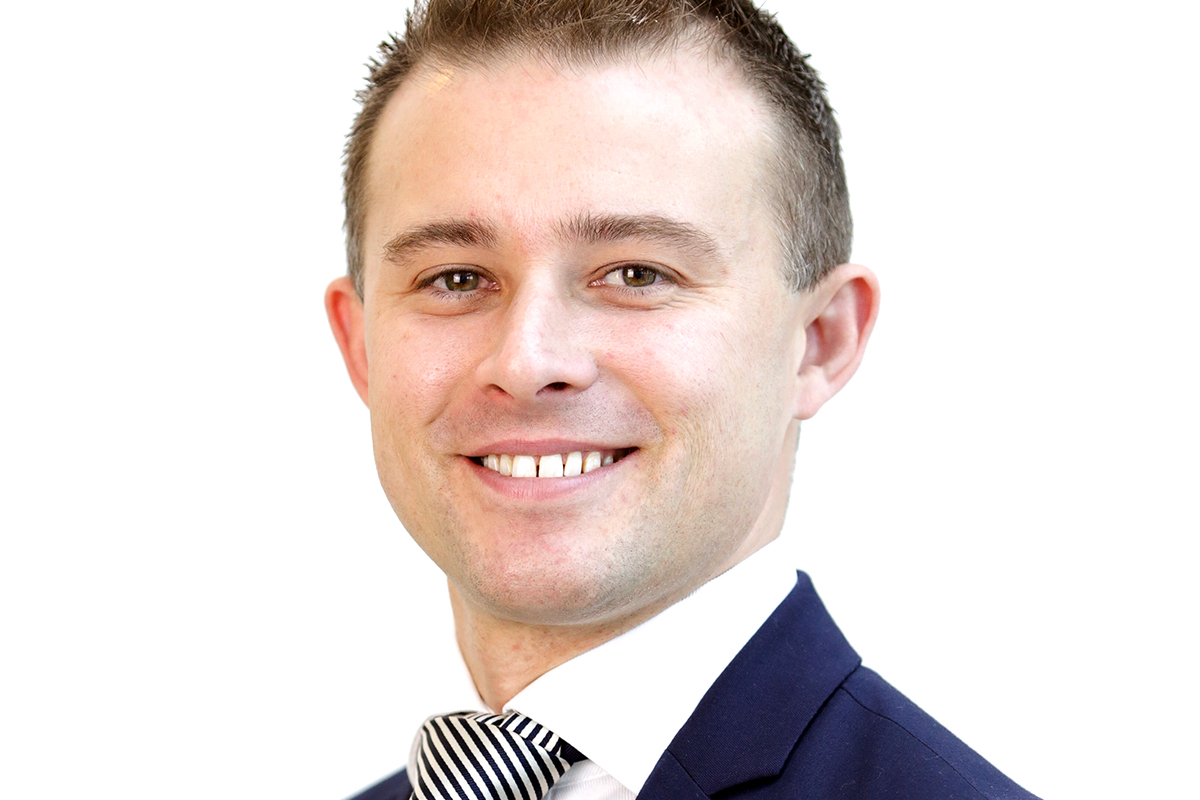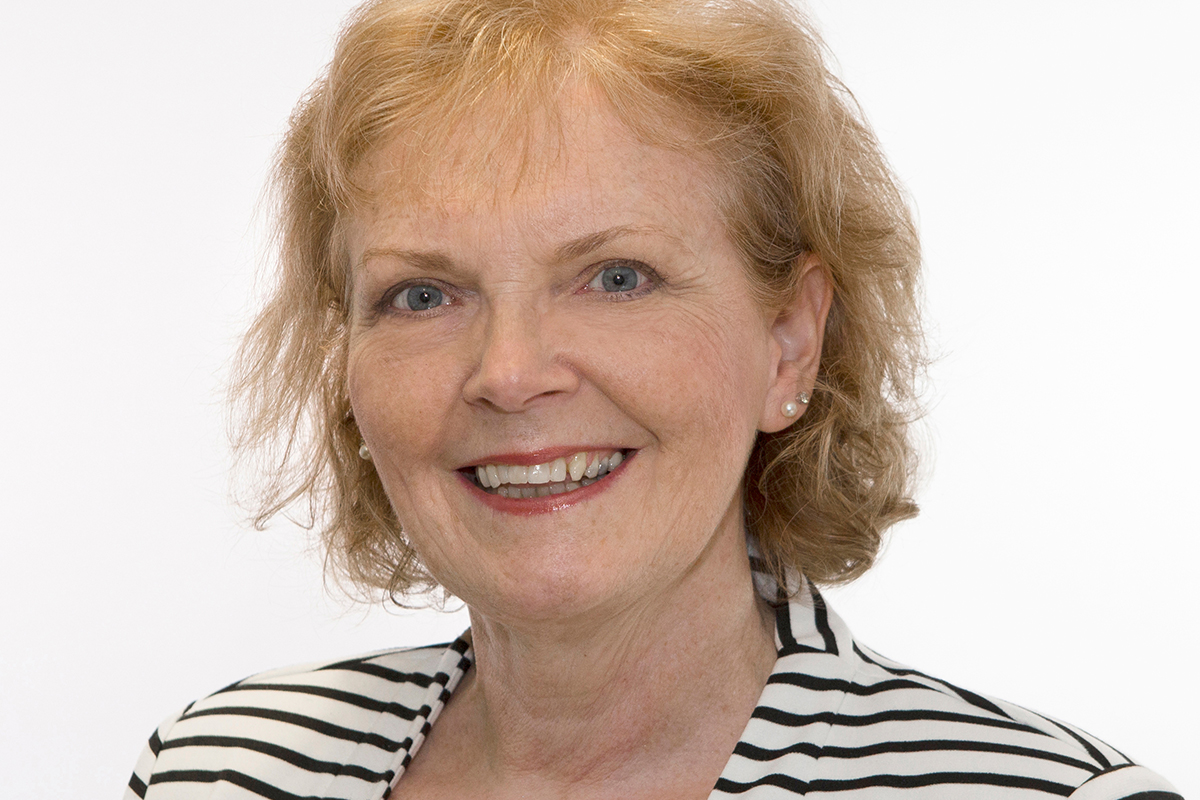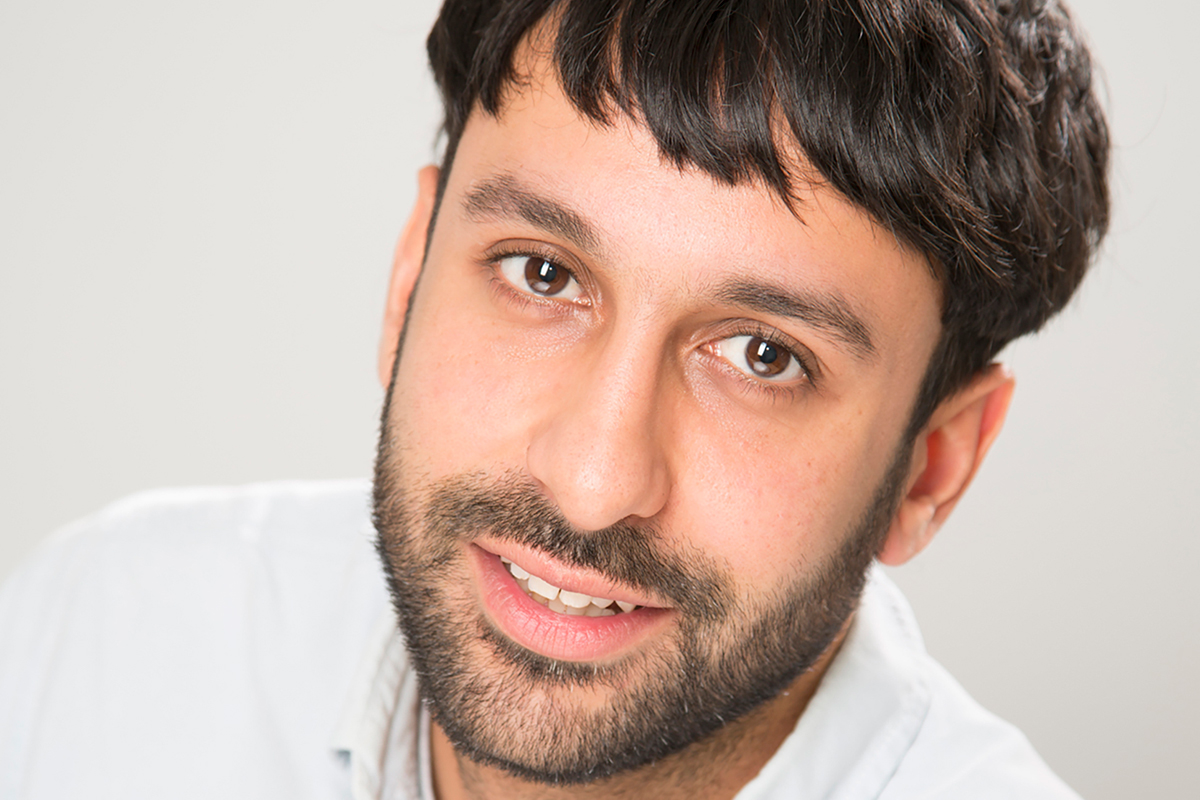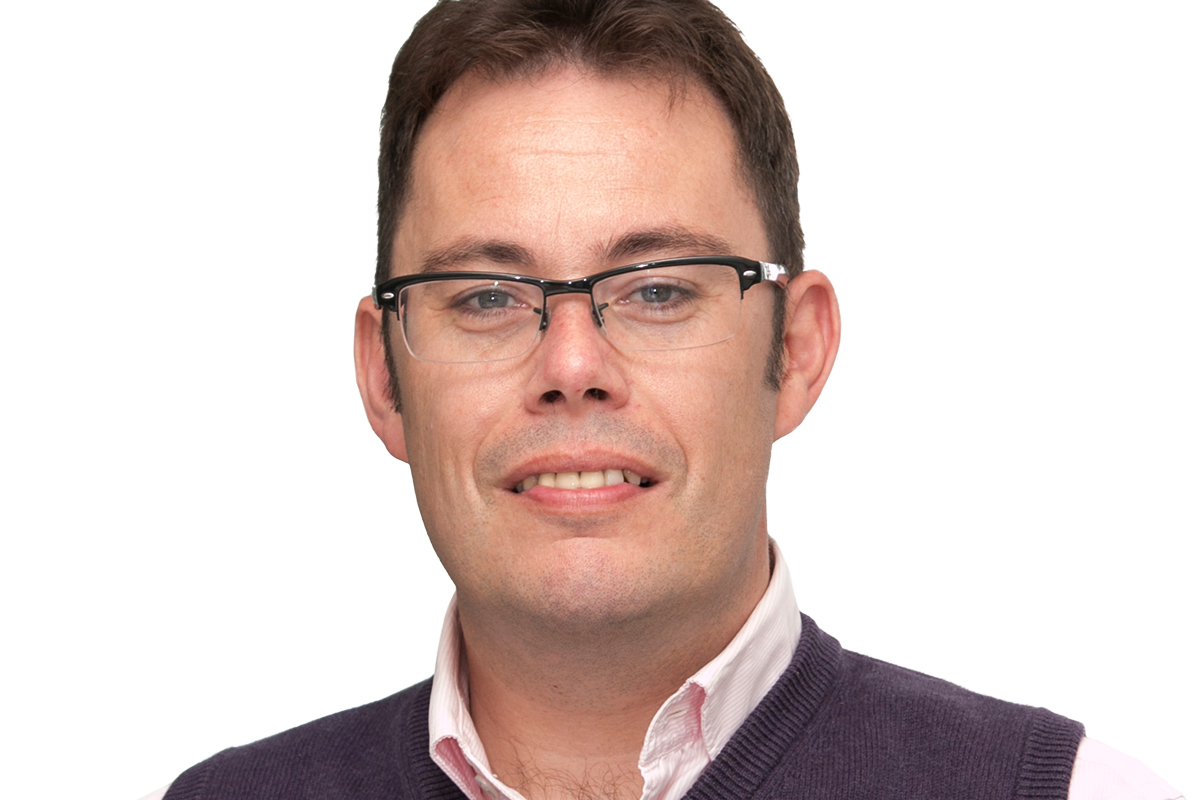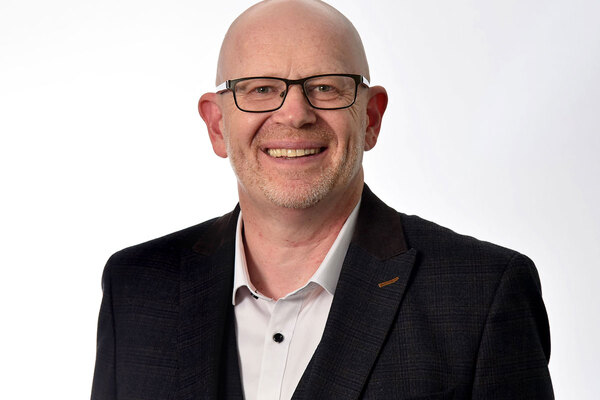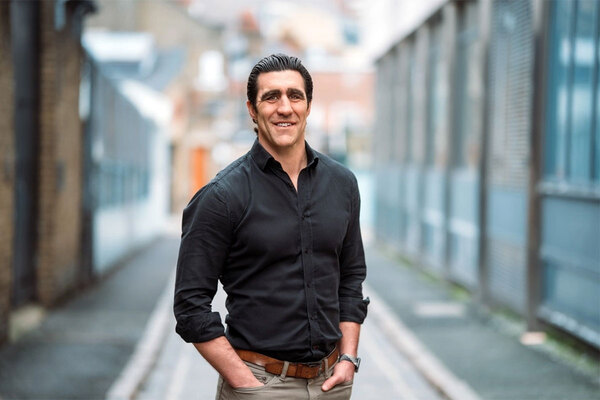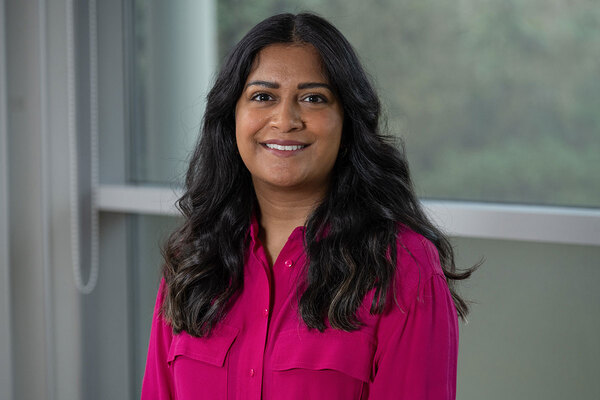Tech Leaders List 2018
We unveil our list of the social housing sector’s top tech innovators.
Sponsored by:

Emma Maier
Editor, Inside Housing
The pace and scale of technological development is opening up new opportunities – and threatening old ways of doing things.
Housing is not immune. In fact, far from it. From developing the use of chatbots to answer simple queries, to monitoring homes to keep vulnerable tenants safe, to advanced virtual reality modelling, housing’s tech leaders are exploring a new future.
Technological developments present a raft of opportunities to streamline the customer and staff experience, and a small group of tech leaders in housing are leading the charge for change.
With this in mind, it is my great pleasure to present our inaugural Tech Leaders list, which uncovers those in local authorities, housing associations and the wider housing sector who are at the leading edge.
Up to now, these individuals have kept their groundbreaking work beneath the radar, but our Tech Leaders list aims to change that. The Inside Housing team sought out the people who are making the greatest strides in the digital transformation of their own organisations and services, as well as those evolving and improving them.
We were looking for best practice examples of data and analytics, artificial intelligence, augmented reality, virtual reality, 3D printing, Internet of Things/connected homes, and assistive technologies.
It is by no means a definitive list, but it provides a snapshot of a sector waking up to the need to evolve to satisfy its customers’ needs.
The Tech Leaders list is made up of individuals from across the regions, with Greater London, the South East and the North West performing strongly.
There also remains a distinct gender bias, with only 30% being women.
Thanks to all those who nominated peers and colleagues, and helped with the background research for the Tech Leaders list.
We are grateful to Hitachi Solutions for kindly supporting the Tech Leaders list.
emma.maier@insidehousing.co.uk
twitter.com/emmamaier
INTRODUCTION
Ciara McMillan
Industry director – housing, Hitachi Solutions
This is an exciting time for housing. The speed at which technology is developing means that there has never been a better time to be innovative and creative in our sector.
The Tech Leaders list is a great opportunity to hear from some of those at the forefront of this innovation in the sector and to start sharing in their experiences and learning.
We all have the shared passion and drive to provide good-quality homes in our communities, and we all know the pressures to meet this demand. With this in mind, it is so important to share information and be transparent about good practice.
But we should be clear about one thing: the sector’s main aim is to provide good-quality homes, not fancy technology. The focus should always be customers and how we can make their experience with us as hassle-free as possible.
Technology is an enabler, a doorway and an opening. Everything you do has to link back to providing the best achievable customer experience and ensuring access to your services is as simple as possible.
So, my advice to anyone reading the Tech Leaders list and thinking about their own approach is to remain focused on the outcomes you are looking to achieve. If you want to drive transformation, don’t be afraid to look outside the box – and make sure you consult the right people when you are hunting for ideas.
Think about who in your organisation knows and understands your customers best. Who deals with them every day? These people are your most valuable asset and, in my opinion, the most creative people in your organisation.
Time spent harnessing your team’s ideas will reap huge benefits for a successful project.
For now, the Tech Leaders list allows us to bring to the forefront some of the people who are developing or who have implemented great new ideas.
Let’s start talking.
THE LIST
Key
3D - 3D printing
AI - Artificial intelligence
AR - Augmented reality
AT - Assistive technologies
D and A - Data and analytics
IoT - Internet of Things/connected homes
VR - Virtual reality
David Done - chief executive, RHP
AT, D and A, IoT
David has been leading Richmond Housing Partnership’s (RHP) digital transformation.
Projects include RHPi, the UK’s first fully digital housing management system, which uses a Microsoft platform and RHP’s interfaces to connect everything. As well as reducing costs and improving customer service, the platform gives RHPi customers 24/7 access to easy-to-use digital services, and they can get in touch quickly using web chat and social media.
Power BI is an interactive interface for employees that gives RHP’s front-line teams a more visual illustration of information. Integration with the Microsoft stack means that RHP’s employees don’t have to system-hop, which is proving particularly useful when dealing with customers.
The housing association also now has a cloud-based CCTV system, and last year the team partnered broadband operator Grain Connect, which now provides full fibre broadband to one of RHP’s estates.
Jonathan Drake - service director, Salix Homes
AI, AT, IoT, D and A
Salix Homes has bee working with the University of Salford and Salford Royal Hospital on the MiiHome project, which uses Microsoft Xbox gaming technology to monitor movement and behaviour in the home using AI and sensors. By establishing what the norm is and detecting a change in behaviour, MiiHome should be able to predict health and well-being problems before they happen, ultimately reducing the burden on the NHS.
As part of the project, a smart home has been created next to Salford Royal to trial both MiiHome and Howz, a home monitoring system that keeps families up to date with the well-being of older relatives.
Salix is also partnering United Utilities and Howz on its shelter schemes. It will use data it gathers to put in place the support vulnerable tenants require.
Andy Belton - chief operating officer, Notting Hill Genesis
AT, IoT, D and A
Before the merger of Notting Hill Housing and Genesis Housing Association, Notting Hill decided to get serious about going digital and launched WorkWise, a staff and customer portal linked to the back office. The staff portal has now gone live, and a pilot to launch it with customers on one of the housing association’s estates is due to start soon.
Notting Hill Genesis is also working with a start-up on a platform that enables local tradespeople to quote for jobs. Plentific has been adapted for the social housing sector and is a solution that is both quicker and cheaper for tenants. The temporary accommodation side of Notting Hill has now been moved to Plentific.
While currently only being used in the Notting Hill side of the business, there are plans to eventually roll out Plentific to the rest of the organisation.
Nick Atkin - group chief executive, Halton Housing
AI, AT, D and A, IoT, VR
Nick has been leading several innovative projects at Halton Housing, in particular the use of sensors, setting up a narrowband technology using radio transmission (LoRaWAN and Sigfox) so the housing provider can capture data from sensors and pass it back into its systems and onto dashboards.
Halton has also been working with Sensor City and others to implement proofs of concept for a variety of sensors but is mainly concentrating on temperature, humidity and air pressure, with particular focus on trying to identify and pre-empt condensation and damp to assist with maintenance, investment and disrepair. The information from these sensors is passed back on various networks and onto dashboards, which not only show what is happening at any point in time but also help to create alerts based on criteria set up using the information collected.
Other projects include Intergas boilers that feed back data, enabling performance to be monitored and highlighting when something is going wrong, and extreme low energy technology, which converts solar energy to 12V DC electricity, potentially reducing energy bills.
Other areas currently in their infancy that Halton is investigating are HoloLens mixed reality headsets, AI bots and virtual workers.
Mark England - head of technical services, Coastline Housing
AT, D and A, IoT
Smartline is a research project partnership led by the University of Exeter with Cornwall Housing, Cornwall Council and charity Volunteer Cornwall that is looking at how technology can be used to help improve the lives of residents.
Environmental sensors have been fitted in 300 homes of Coastline Housing customers in the Camborne, Pool, Illogan and Redruth area of Cornwall, and are collecting information about air quality, humidity, temperature, how much water is used, how air moves around different types of houses and how much energy it takes to heat them.
In addition, participants will be asked to take part in surveys to help Coastline understand their well-being needs, aspirations and desires for their community.
Participants can see their own live sensor data using a tablet device Coastline has supplied to them. The live data stream enables households to see the impact of opening windows on their air quality and how much energy they use.
The findings from the research project will be used to create better systems for managing homes in the future.
Andrew Brader - head of sales and marketing, Nu Living
3D, VR
In an initiative introduced by Andrew, Nu Living is using assistive technology to improve buyers’ customer experience.
The 3D configurator, Creatomus, offers a unique combination of interactivity, accurate representation of the end product and just being a more enjoyable and engaging tool for potential buyers during the marketing of Nu Living’s homes at Beechwood in Basildon.
It has also enabled Nu Living to automate parts of the sales process, reducing the manual handling required. So not only does the tool complement the marketing of homes and give the buyer clarity, it has also reduced errors.
Lucy Fraser - head of innovation, Albyn Housing Society
AI, AT, D and A, IoT
Lucy is working on an AI project that has been described by one commentator as “not just visionary, but revolutionary”.
The Fit Home initiative is being pioneered by the Albyn Housing Society, in partnership with Carbon Dynamic (a manufacturer of sustainable, modular homes) and NHS Highland. The aim is to develop housing solutions that enable people to live independently for longer – supporting them to make their own choices, providing a secure environment for them to live in and focusing on maintaining their wellness for as long as possible.
Examples of Fit Home features include flexible walls and spaces for storing additional medical equipment.
Catrin Jones - director of business transition, Clarion Housing Group
D and A
Clarion Housing was formed by the merger of Affinity Sutton and Circle Housing Group in 2016. Its new customer service offering and move to digital are part of Catrin’s remit. The Affinity Sutton side went live in April with a Microsoft solution of significant scale that covers all aspects, from the customer side to the finance division.
On the Circle Housing side, the same solution is due to go live, with an end date yet to be announced.
“This gives us the foundation. Once we have all the customers and properties in one place, we will leverage that to get functionality. We then want to take it to a mobile platform to assist our staff and customers,” says Catrin
Helen McGregor - director of asset management, Notting Hill Genesis
3D, AI
Helen is a big advocate of asset management in a 3D environment, using laser scanning and 3D models. She has been working with start-up Cube 9, to which Notting Hill Genesis was introduced by the Housing Associations’ Charitable Trust, on how to use it in a larger organisation.
“It’s great – it could mean that planned and reactive maintenance could completely change,” says one housing tech expert. “She’s been brave enough to take it forward.”
Using a laser scanner and 3D modelling means that some asset management tasks, which the organisation was previously performing using aerial photography, can be done on the desktop, providing big cost savings by reducing how often someone needs to go on-site. Helen believes that the system’s potential for greater accuracy of data means AI could be used in the future to see changes in buildings as and when they occur.
Andrew Grant - chief executive, Aylesbury Vale District Council
AI, D and A
As Aylesbury Vale District Council’s chief executive, Andrew leads the vision for a digital and integrated council. One industry insider says: “Andrew championed the use of Amazon’s Alexa intelligent personal assistant and the opportunities for AI and wearables.”
The Aylesbury Vale District Council Self-Service Alexa Skill enables customers to access council services 24/7 from the comfort of their own homes.
Other capabilities include enabling customers to ask Alexa to: find information about local councillors and MPs, book specific recycling and waste collections, and find information about how to pay their council tax.
Significant savings of around £6m have also been obtained by moving systems to the cloud.
Andrew is passionate about unlocking more opportunities for service improvement and savings through AI, and has forged pivotal partnerships with global leaders including Amazon Web Services and DigitalGenius.
Matthew Gardiner - chief executive, Trafford Housing Trust
AT, IoT
Matthew is described by one industry expert as a “relative rarity in the sector in that he takes the long view with innovation, rather than being transfixed by today’s hype cycle”.
Trafford is piloting a range of sensor-based technologies, addressing energy and health tech, and looking at partnerships with fibre providers to create a low-cost, fibre-to-the-premises rent and broadband offer.
The housing association is also looking at how digital twin technology can help it to gain better insight into the performance of its housing stock, and at blockchain’s scope for creating a new relationship of transparency and trust between landlords and their tenants.
Amina Graham - change and transformation director, L&Q Group
AI, D and A, IoT
Amina moved from Richmond Housing Partnership to L&Q Group earlier this year to help transform the business.
The group has committed to significant investment in providing services designed for the digital age. As part of this, it is currently redesigning its CRM system to allow for a quicker flow of information across the group and an easier user experience. The system is due to be moved to cloud-based technology.
L&Q is also currently using data scientists to see how data could be used in a more meaningful way, and is exploring AI and bot technology to improve the customer experience.
Other projects include a building connectivity programme, to monitor and respond to issues with buildings before customers are aware of them, as well as plans to offer low-cost fast-fibre connectivity to all the group’s customers.
Maryvonne Hassall - digital programme director, Aylesbury Vale District Council
AI, D and A, IoT
Maryvonne is leading the next stage of Aylesbury Vale’s Connected Knowledge digital programme, which has created significant service improvements and multi-million pound savings.
Under Maryvonne’s leadership, Aylesbury Vale’s digital achievements have included becoming the first council to use Amazon’s Alexa technology to provide access to services, launching an online account used by around 50% of all households, and rolling out a popular webchat service – all while putting AI into use at its customer call centre.
Maryvonne and her team are now building a single platform to integrate all systems and develop smart city applications.
Yogesh Gohil - head of technology, Flagship Group
AT, IoT, VR
Yogesh has been working on a number of initiatives at Flagship, giving the organisation access to both youth-driven innovation and start-up technology.
One project the organisation is currently working on is a Youth Driven Innovation Week, which is open to people aged 18 to 25 years old, who are charged with finding ways to help Flagship be more innovative. A winner is due to be announced in November.
The housing association has also been working closely with Switchee, a start-up that provides a smart thermostat specifically built for social housing with the aim of combatting fuel poverty. Flagship has assisted Switchee in building an API that will enable the data to be shared securely in near real-time.
A VR system is also being developed that will be used to assist with the planning and design of schemes, as well increasing marketing options.
Joe McLoughlin - assistant director, Astraline (part of Johnnie Johnson Housing)
AT, IoT
Led by Joe McLoughlin, Astraline (Johnnie Johnson’s alarm-monitoring centre), GSPK Design and the Centre for Assistive Technology and Connected Healthcare at the University of Sheffield have developed a prototype sensor that can be placed in someone’s home to measure the occupants’ walking speed every time they pass the sensor.
Walking speed is a primary indicator of frailty and a predisposition to falls, explains Joe.
“If you catch someone before they become frail, there is a lot you can do to reverse that,” he adds.
Testing of the sensor takes place in a ‘living laboratory’, which is situated in two of Johnnie Johnson’s independent living schemes. So far, sensors have been installed in 20 homes.
The sensor is just one of the strands of innovation that Johnnie Johnson is looking at as part of a broader approach to independent living aimed at keeping its residents living well. It also believes that it can use technology to reduce pressure on external bodies such as the NHS.
Adrian Moore - director of IT, BPHA
D and A, IoT
Described by an industry expert as an “inspiration”, Adrian has transformed and motivated an IT department.
He is responsible for leading the digital transformation of BPHA’s systems and processes, to improve them and meet the needs of its customers.
Adrian says the goal is ‘the Amazon standard’ – to provide services without human intervention. “We will meet the increasing expectations of our customers so that our services will be provided as seamlessly as when they order a book from Amazon, and also to meet the wider challenges of the modern housing sector,” he says.
His strategy is to enable continual change. As part of this, he is working on a bespoke in-house integration framework enabling data to flow from one system to another.
A ‘services data core’ gives a unified view of Bpha’s customers, physical assets and real-world locations, and will be used to orchestrate operational and data workflows.
The services data core is interconnected with other systems to provide a bespoke integration framework.
The transformation programme is supported by a cultural shift to digitise employees’ productivity and collaboration.
Neil Tamplin - senior IT officer, Cadwyn
D and A, IoT
Neil is described by a sector tech expert as “one of the most influential thinkers in housing”.
“Essentially we’re trying to redesign our services for the digital age by adopting a user-centred design approach,” says Neil.
“We’re still a million miles away from where I’d like to be – doing user-centred design across the board and having the capability in-house to fully design our own digital services – but we’re making headway. We’ve just begun work on mapping customers’ journeys when they pay rent. Importantly, it’s not just focusing on improving digital interactions – we’re aiming to improve all interactions across the board.”
Amy Nettleton - assistant development director, Aster
AT, IoT
Amy has “probably done more than anyone to transform customer experience through the use of free-to-use social media channels and tech,” says one sector expert.
Aster has thrown away the nine-to-five office-based work day. Customers can expect to have their enquiries dealt with any time from their sofa, including weekends and bank holidays, by live chat or any other means of communication.
“We cover such a massive geography, and I realised a few years ago that we needed to reassess how customers contacted us and vice versa. We wanted to make the home buying process easier by engaging with people.
“We want customers to enjoy getting the keys to their new homes,” she says. “We’ve had a lot of customer engagement as a result of this.”
John Paul - IT director, Anchor Trust
D and A
John joined Anchor Trust in 2016 and started the housing association’s digital journey.
He has been working on moving Anchor’s housing and support services to the cloud using the Northgate Public Services’ platform, with the aim of improving customer service.
“Fifty per cent of our applications will soon be hosted in the cloud,” explains John.
The organisation is also going down a fully digital route for employees, starting with onboarding. The Northgate Customer Portal already provides customers with access to accounts and repairs.
Even more mobile data is on the horizon, says John, as well as cybersecurity initiatives.
Paul Taylor - innovation coach, Bromford Lab
AI, AR, IoT, VR
At Bromford, Paul is leading the redesign of the housing association’s infrastructure, moving away from legacy housing IT systems through the complete redesign of 32 service areas to create one simplified solution.
The project, called Programme One, is the springboard for a new wave of innovation at Bromford aimed at using technology to solve business and social problems.
Bromford is looking at a range of technologies to support its neighbourhood coaching model and uses a publicly accessible workflow dashboard to share updates about its technology explorations.
One of the projects currently being run is a social prescribing pilot commissioned by the West Midlands Combined Authority that is part of the Urban Challenge well-being award, which aims to make the region a better place in which to live and work.
Other tests include using chatbots and machine learning in repairs diagnosis; implementing blockchains to boost financial inclusion; a range of digital sensor pilots; and virtual viewings using AR and VR.
David Ripley - director of business development, Thirteen Group
IoT
David is leading on Thirteen’s digital transformation programme. He works collaboratively with other areas of the business to help commercialise existing services and identify new business opportunities.
Having worked in sectors such as higher education which have gone through considerable change, he has brought that learning with him, to focus more on customers’ needs.
David is currently working on a programme that will use a platform to create a seamless experience for Thirteen’s customers. It will be available as an application to any customer on any device, without being on a network.
Thirteen is also opening up concept lounges in high street branches that will be kitted out with Skype and other technology to improve the customer experience.
Jane Porter - chief operating officer, Optivo
AI, D and A, IoT
At Optivo, Jane has helped to develop a ‘patchless’ approach to housing management, which has led to visits by housing officers being reduced by 30% over the past year. All customer contact is now managed through CRM queues, which increases customers’ choice and convenience. In addition, all staff are equipped with applications that feed data to a centralised system.
The patchless approach has been in operation for four years and Optivo is now analysing the data to allow for a more predictive experience from start to finish.
Predictive data analytics has also led to a more tailored sign-up process for new tenants, with information customised according to customer personas. In addition, customer insight data means that services have been improved and Optivo can adopt a risk-based approach to income management.
Optivo has also been working on a chatbot called Yvonne. Described by one commentator as “the most advanced I’ve come across”, the chatbot is due to come into operation from March 2020.
Jay Saggar - digital lead, HACT
AT
Jay has been leading the Housing Associations’ Charitable Trust’s (HACT) Innovation Launch Pad, which offers housing providers the chance to shape the future of housing technology.
The launch pad works with several tech start-ups, which can test and pilot their innovations using the platform. Housing association partners in the launch pad are those that want to work with the tech sector.
This year, HACT ran a challenge around assistive technology with Riverside, Anchor, Hanover and Curo, which culminated in a pitching event.
Ann Williams - commissioning and contracts manager, Liverpool City Council
AT, D and A, IoT
Ann Williams at Liverpool City Council, together with Informed Actions, delivered the Liverpool Safehouse project. This involved fitting 2,000 homes with Safehouse devices linked to a city-wide low power radio network. Microsoft Azure and advanced analytics are used to optimise the delivery and efficiency of care services.
Safehouse includes unique sensor technology to monitor temperature, smoke and fire alarm sounds, humidity, movement, and light. The ambition is to use machine learning and algorithms to improve living conditions and health and social care provision. It has the potential to reduce the cost of housing, while increasing the life of housing stock.
Tony Tench - chief operating officer, Housing & Care 21
AT, D and A, IoT
Based in the Midlands, Housing & Care 21 is a national, not-for-profit organisation operating in more than 150 local authority areas. It manages around 19,000 retirement and extra-care apartments in 430 sheltered housing schemes designed for older people and those who need support because of disability or illness.
Housing & Care 21 needed to find a partner capable of providing an end-to-end digital replacement for analogue telephone services, which will be switched off completely in the UK by 2025. This will present a massive challenge to users of telecare services, such as personal alarms and pull cords, as analogue services will not be able to connect to emergency phone lines.
Housing & Care 21 decided to upgrade from analogue to digital well ahead of the deadline, partnering with telecare provider Appello.
The two businesses collaborated to develop a wall-mounted tablet to replace traditional analogue systems. Residents now benefit from room-to-room video calling and Housing & Care 21’s staff can maintain unobtrusive contact with them.
The organisation is investing around £2m per year in digital transformation, enabling the upgrade of around 40 developments a year. Using this rolling project approach means that new innovations can be embraced.
Andrew van Doorn - chief executive, HACT
AT, D and A, IoT
Andrew leads the digital workstream at the Housing Associations’ Charitable Trust (HACT), which includes several projects that are changing the way social housing providers interact with their customers.
As part of this, he is working with international real estate body OSCRE to create the UK Housing Data Standard. Version 1.0, which involves core customer data and the voids and allocations process, has already been published and HACT is now developing the reactive maintenance element.
“Data in social housing is inconsistent, incomplete and incoherent,” one industry figure says. “Andrew’s championing of common data standards is a necessary part of the digital transformation of the sector.”
Another project Andrew is working on as part of the digital workstream is Digibite, which provides a digital transformation methodology specific to social housing. It highlights an organisation’s current digital capabilities and maps out a potential digital path to follow.
Tom Way - innovation manager, L&Q Group
AI, AT, D and A, IoT
Tom joined L&Q as an innovation manager in June 2018. He had been in a similar role at Richmond Housing Partnership, where he created an innovation framework and founded the Disruptive Innovators Network, which brings together innovation leaders from the sector to discuss themes including IoT, AI, start-up engagement and international best practice.
At L&Q, Tom is leading the ‘smart cities’ agenda, working with the Future Cities Catapult to identify challenges in social housing and subsequently find and apply technological solutions to overcome them.
Tom says: “The housing sector must be more proactive in influencing the tech sector. By clearly understanding problems such as affordability, safety and well-being in our homes, we will be able to find the right applications for emerging and enabling technology.
“Being ahead of the curve is necessary. We have already begun testing AI for managing a large-scale repairs service, and IoT in a care environment and for predictive maintenance of critical assets such as communal heating systems.”
Tom is also leading on a project to deliver affordable high-speed broadband to all L&Q homes before 2020.
